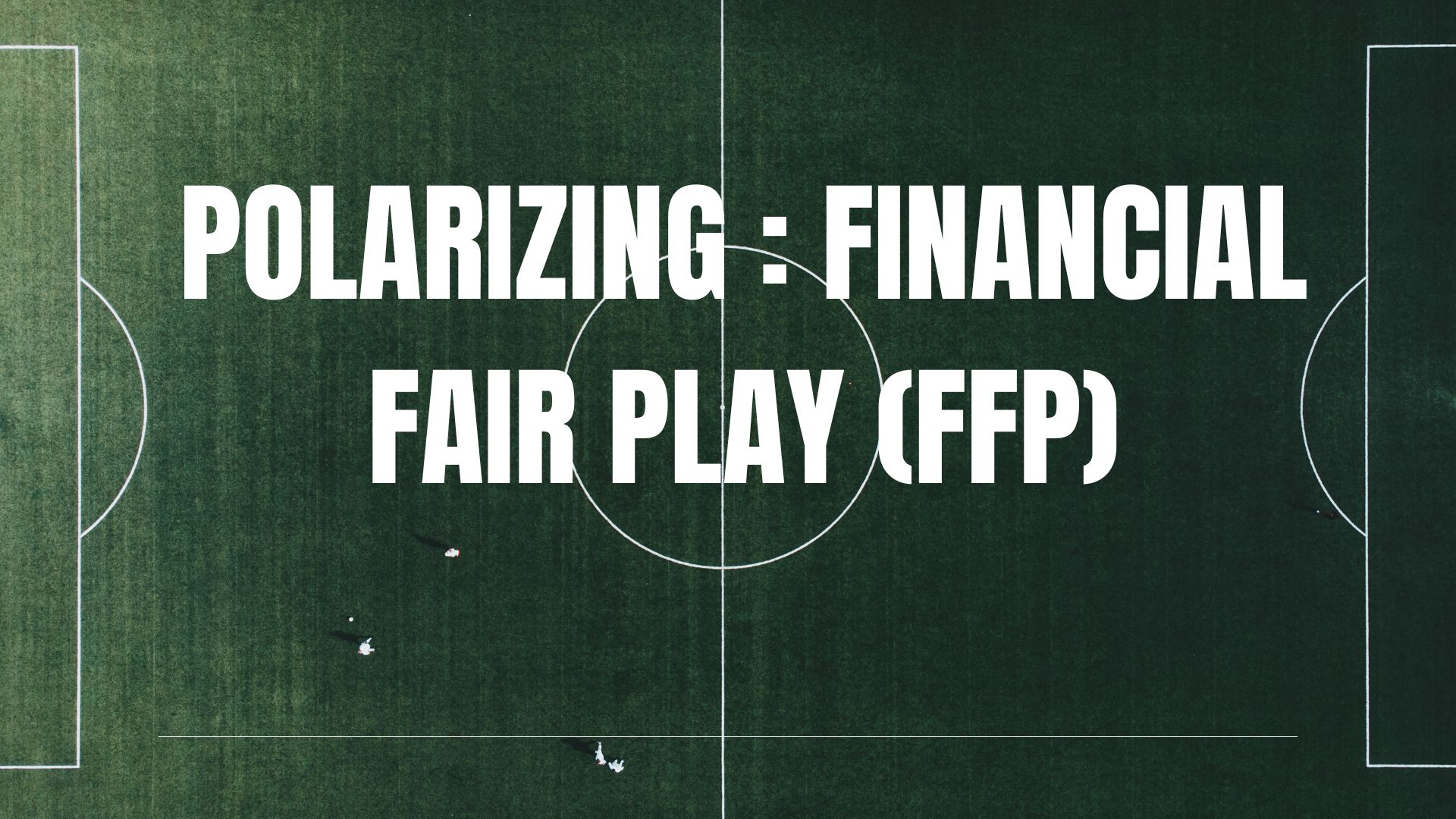
The main criticism of FFP and related rules is that they tie spending power to revenue. This creates a structural advantage for clubs that already have large commercial reach and global support. Real Madrid, Manchester United, Bayern Munich, and similar clubs entered the FFP era with strong financial foundations. Their revenue came from large stadiums, international sponsorships, global fan bases, and regular Champions League participation. Because FFP allows clubs to spend what they earn, these clubs were able to maintain or expand dominance without needing additional external investment. They could grow simply by continuing to win.
The effect on ambitious challengers was very different. Clubs that wanted to break into the elite faced a closed financial loop. To compete, they needed higher revenue. To increase revenue, they needed to qualify for major competitions, attract commercial deals, and build global recognition. However, they could not reliably achieve those conditions without investing first. The rules made that initial leap significantly harder. This is the revenue paradox that critics focus on: spending requires success, and success requires spending.
Examples are clear. Arsenal’s financial model after the Emirates Stadium construction required controlled spending to service long-term debt. This limited their ability to keep pace with Manchester City and Chelsea during the early 2010s. AC Milan’s decline after the end of the Berlusconi era followed a similar pattern. The club did not have enough commercial strength to sustain elite-level wage and transfer spending. Valencia’s stalled stadium project and inconsistent revenue prevented the club from maintaining the level required to stay among Spain’s top sides.
Meanwhile, a small group of state-backed or sovereign-capital clubs complicated the picture. Manchester City and Paris Saint-Germain, backed by state-linked ownership groups, were able to increase commercial revenue through expanded sponsorship networks that aligned with those ownership structures. These increases passed regulatory tests, but they raised questions about how far commercial income should be considered independent of ownership influence. Newcastle United is now developing along a similar pattern, though at a slower pace under closer monitoring. These cases show how new wealth can still enter the game, but only when supported by a broader financial strategy that fits within the regulatory framework.
Another significant criticism concerns creative accounting and contract structures. Transfer fees can be amortised over long contracts, which spreads costs and allows higher spending while still fitting within break-even limits. Sponsorship agreements with companies linked to ownership groups can be valued at levels that raise debate about whether the revenue reflects market value. These methods are legal when approved by regulators, but they highlight how clubs with more financial expertise and corporate structure can operate more flexibly than those relying on simpler revenue models.
There are also major differences between leagues. The Premier League benefits from a large global broadcast market, which gives even mid-table clubs revenue levels that exceed many Champions League participants in smaller leagues. La Liga and Serie A have smaller commercial markets and have also imposed stricter domestic cost controls. These internal financial regulations have stabilised clubs but often reduced their ability to retain top players or reinvest competitively. As a result, the Premier League’s financial power has widened the competitive gap across Europe.
Finally, enforcement timing has often been slow. Investigations and appeals can take years. Punishments may arrive after sporting advantages have already been realized. This delay makes regulation appear reactive rather than preventative, and it affects the perception of fairness.
Recent adjustments have changed the form of regulation, but not the foundation. The Premier League’s Profit and Sustainability Rules focus on limiting acceptable financial losses across a three-year period. These rules are enforced through regular monitoring and can result in direct sporting penalties. Everton and Nottingham Forest both received point deductions for breaching loss limits, and Leicester City faced similar consequences. The Premier League model places emphasis on immediate accountability.
UEFA replaced the original break-even model with the Financial Sustainability Regulations. These rules limit spending on squad costs to a percentage of a club’s revenue. The cap is designed to link investment capacity to financial performance in a measurable and enforceable way. The system is being phased in gradually, with the spending cap tightening over time. The goal is to prevent wage and transfer spending from rising faster than revenue growth.
Both PSR and FSR are intended to be clearer and more responsive than the original FFP structure. They allow regulators to intervene earlier and reduce the likelihood of long-running investigations. However, the core principle remains unchanged. Spending limits scale with revenue. Clubs with higher revenue retain greater flexibility, while clubs with lower revenue remain limited in how quickly they can grow.
This means the financial hierarchy remains intact. The newer rules provide better control of financial risk, but they do not address the underlying imbalance in the distribution of football revenue across leagues and clubs. Stability has increased, but competitive mobility remains rather restricted.
FFP and its successors achieved their main goal: reducing unsustainable losses, encouraging long-term planning, and creating financial stability for clubs. However, by tying spending power to revenue, they entrenched the advantages of already wealthy clubs, making it difficult for rising teams to challenge the established elite. New regulations like the Premier League’s PSR and UEFA’s FSR improve monitoring and enforcement but do not change this dynamic, higher revenue still allows higher spending. As a result, European football is financially stable, yet still structurally stratified, with competitive mobility limited and the hierarchy largely protected by the very rules designed to ensure club health.








